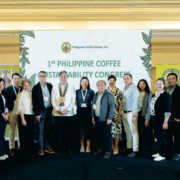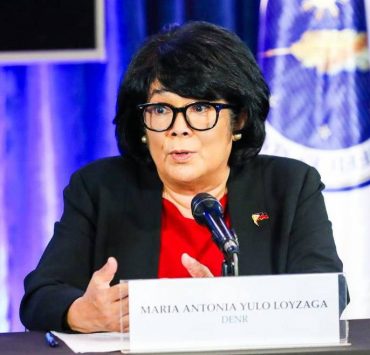WB: Nations’ growing debt burden a rising concern
The surging cost of borrowing amid a high interest rate environment has set many countries “on a path to crisis,” although the Philippines has so far been spared from the worst of the effects of a burgeoning debt problem.
The World Bank said in its latest International Debt Report that, amid the biggest surge in global interest rates in four decades, developing countries spent a record $443.5 billion to service their external public and publicly guaranteed debt in 2022.Further, for all developing countries including the Philippines, debt-service payments that include principal and interest rose by 5 percent over the previous year.
World Bank chief economist Indermit Gill said in a statement that during every quarter when interest rates stay high, more developing countries become distressed and face the difficult choice of servicing their public debts or investing in public health, education, and infrastructure. “The situation warrants quick and coordinated action by debtor governments, private and official creditors and multilateral financial institutions—more transparency, better debt sustainability tools, and swifter restructuring arrangements,” he said. “The alternative is another lost decade.’’
The World Bank observed that surging interest rates have intensified debt vulnerabilities in all developing countries.
Meanwhile, as debt-servicing costs have climbed, new financing options for developing countries have dwindled. Last year, new external loan commitments to public and publicly guaranteed entities in these countries dropped by 23 percent to a decade low $371. At the same time, private lenders received $185 billion more in principal repayments than the loans they disbursed—meaning that they largely abstained from lending to developing countries.
As for the Philippines, Fitch Ratings said in a research note issued that the national government’s debt profile was now expected to improve more slowly than forecast five months earlier, although still ahead of the Marcos administration’s goals.The international credit rating agency said the national government’s outstanding obligations to the value of the domestic economy will subside to 54 percent by 2025. Last May, Fitch said this metric will sink to 52 percent by 2024. —Ronnel W. Domingo INQ

















